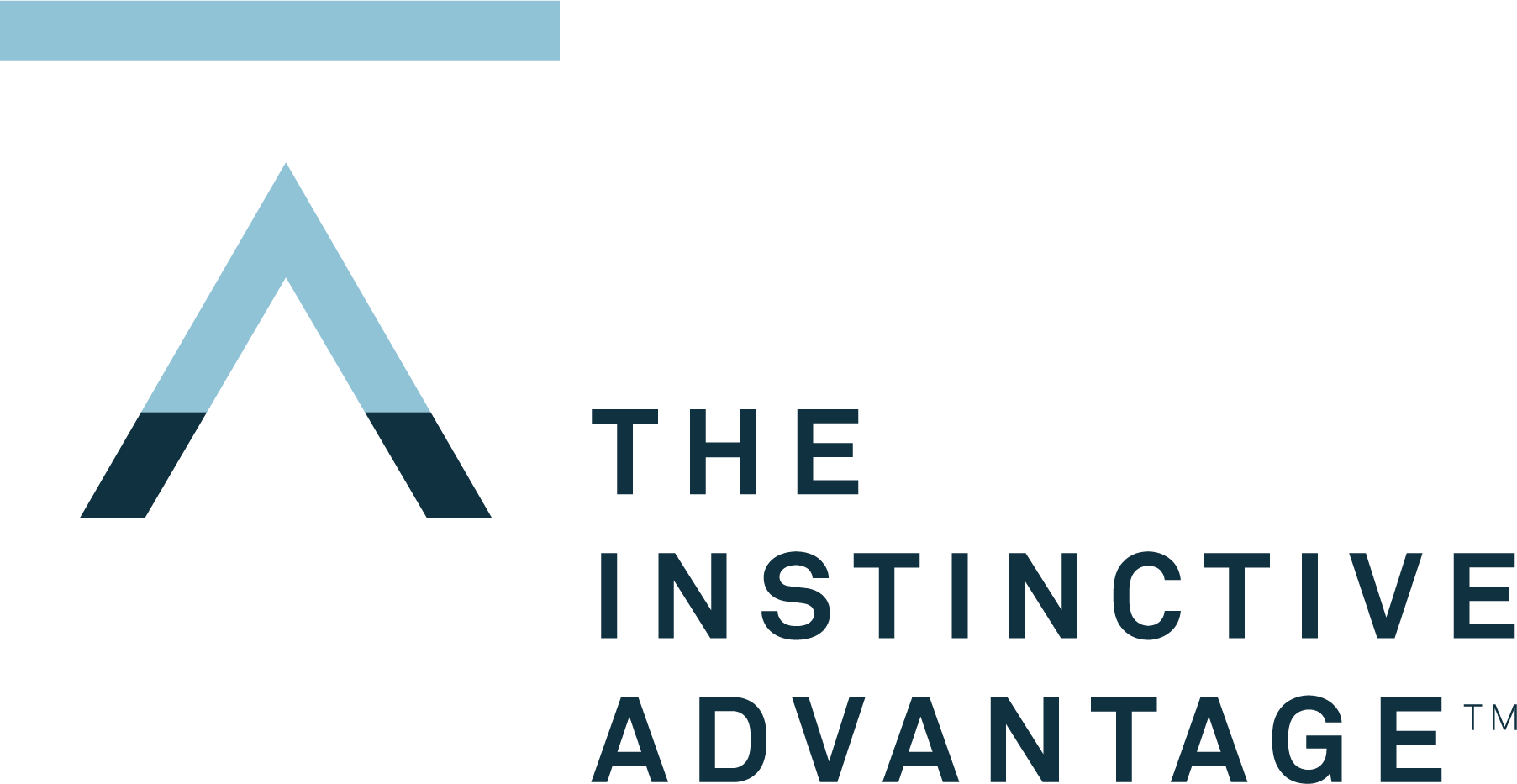Get Your Next Hire Right!
As we round out the Summer of 2022, hiring continues to be a challenge. The State of Minnesota reported - for the second month in a row - the lowest unemployment rate ever. While it can be so tempting to hire anyone interested in the role (you seem like you’ll fit in here - great!), anyone that has hired before knows this is a short-term solution, and will cause a headache down the road.
Fortunately, there are a variety of tools on the market that can provide a guardrail to avoid this temptation. There are a myriad of tests that hiring managers use to determine if candidates for certain positions have the knowledge, skills, and personality to thrive in their job. Most of these are assessing the cognitive and affective parts of the mind (more on this below).
However, none of these tests measure a person’s instinctive drive, as the Kolbe A™ Index does. Not only does Kolbe provide a measure that is difficult to glean from a traditional interview process, it also EEOC-compliant to use. For many of my clients, this data point has been extremely helpful in ensuring a successful hire.
Integrating the Three Parts of the Mind
When hiring an employee, you must consider all three parts of the mind (cognitive, affective, and conative). While my stance heavily weighs the conative, the other parts of the mind are critical; we cannot hire on conative alone.
Cognitive
The cognitive aspect examines the candidate's skills, education, and experience. In the hiring process, this is determined by the candidate’s resume. This is where work history is extremely relevant, a specific degree or certification, etc. Sometimes, the cognitive can be evaluated by using an assessment such as the Wonderlic (fun fact, which is created by Kathy Kolbe’s father).
Affective
Most workplace hiring tools look at the affective part of the mind. This is broadly defined as the ‘feeling’ part of the mind. Elements that fall under this part part of the mind include whether the potential employee is motivated, do they share your organization's values and will they fit into your culture. The affective is often determined in the interview (wow, I really like the answer that candidate gave to the question). Tests that seek to establish the candidate's personality and level of emotional intelligence can be effective in answering your concerns in this realm - however, there are very few that are EEOC compliant to use.
Conative
The conative, which evaluates the candidate's instincts, is equally important to explore. A person's instinct is their default setting and is hard-wired. There is no amount of training, managing, coaching or mentoring that will change a person’s instinctive drive. Fully understanding an employee's instinctive reaction allows you to set them up for jobs consistent with their natural, intuitive responses.
A More Effective Approach
In order to be EEOC-compliant, there is a process that goes beyond simply having candidates take the Kolbe A™ Index.
The first step is for the hiring managers to take the Kolbe C™ Index on a given position. This gives managers the opportunity to define their ideal instincts on a position. I advocate for 3-4 people to take the Kolbe C™ Index. Through this process, the current team is assessing whether or not they are on the same page about the desired instincts for the position. It is great when the current team is in agreement - but sometimes, there are major discrepancies. Understanding these discrepancies on the front end is crucial for a smooth on-boarding.
Now candidates start taking the Kolbe A™ Index - detailing their instincts. Kolbe RightFit™ software will then generate a letter grade of fit between the ideal instincts vs. the candidate’s instincts. Incredibly valuable data when we are making sure we have right person, right seat.
Benefits of Using the Kolbe Index in the Hiring Process
I have seen incredible benefits first hand on the integration of Kolbe into hiring. The first is retention, as it is extremely appealing to candidates to work in an environment that allows each person to work in their ‘sweet spot’. Employees hired under this criterion feel supported and listened to as their natural tendencies are understood by future employers.
Productivity within the organization improves as employees channel their instinct into their work. The result is creative solutions to the organization's problems. Allowing employees to act instinctively regarding their work will result in the generation of creative ideas that would otherwise not come about if employees were told to act a certain way.
Integrating your new hires is easier when you have a deep understanding of their natural tendencies, ensuring the whole process will take less time and getting your recruits firing sooner rather than later.
Final Word
Intentionality and looking at each part of the mind may seem like a luxury the market does not afford at this time. I know with certainty strong candidates are still out there - and looking at each candidate through the lens of the “three parts of the mind” will ensure longevity in new hires. Contact us today to understand how you can integrate this evaluation tool into your hiring process.
